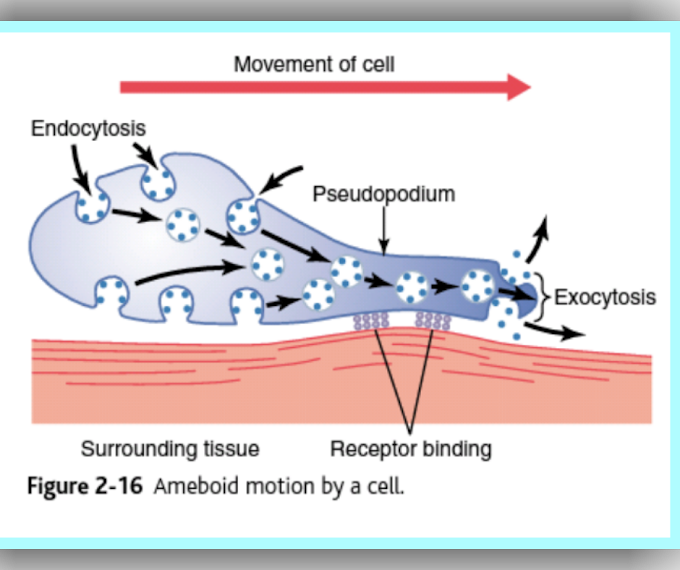How the human eye is formed
(Induction process)
Development begins with cell migration, adhesion, and differentiation. All of this is done through contacts between cells where one type of cell produces a particular type of signal and another type of cell responds to that signal. These signals cause a specific organ to form. The eye development of vertebrates is a classic example.
In the human eye, light passes through the cornea, a transparent wave on the outside, focusing on the lense and eventually colliding with the retina, which is a neural wave.
This special sequence is achieved in the formation of an organ only when a type of cell changes the properties of the cell it possesses, which in turn changes the shape of these cells, the speed of division and its fate, and consequently A special type of ablution comes into being.
The cells that initiate a particular type of signal are called inducer cells, while the cells that respond to that signal are called responder cells. A new type of gene initiates expression. If this signal is not present, the relevant responding cell cannot make its own specific type of organ.
At the beginning of the development of the human eye, a space emerges from the brain in the form of a pair and reaches the ectoderm of the head. This raised area is called optic vesicles. This part of the ectoderm that receives these signals forms the lens of the eye. The proteins needed to make the lens manifest themselves in the cells of the ectoderm of the head. Produces signals that are received by the optic vesicle, resulting in the formation of the retina of the eye.
Only the ectoderm of the head shows comptenece of the optic viscera. In one experiment, the optic viscera of the xenopus was introduced into a part of the body other than the head, but the ectoderm there showed no signal to the optococcus and consequently no eye.






0 Comments